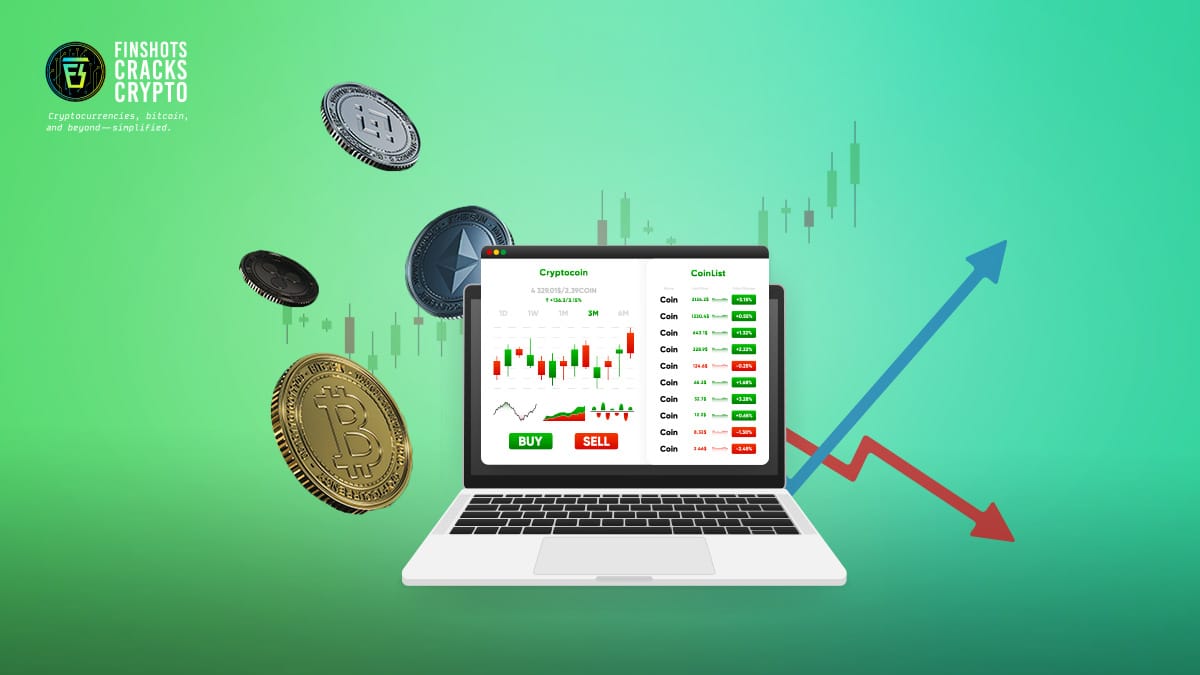Connect with us


In August 2025, the landscape of cryptocurrency wallets has evolved significantly, emphasizing enhanced security and user control. Self-custodial wallets have become the preferred choice for many,...


Since its launch in November 2023, BLAST has stood out as a unique Layer 2 (L2) network on Ethereum, offering native yield on ETH and stablecoins....


Trading Cryptocurrency from Your Smartphone: A Beginner’s Guide With the rise of digital currencies, trading cryptocurrency has become more accessible than ever. Now, you can manage...


In the rapidly evolving world of decentralized finance (DeFi), security remains a paramount concern. A recent incident involving the Resupply stablecoin protocol underscores the vulnerabilities that...